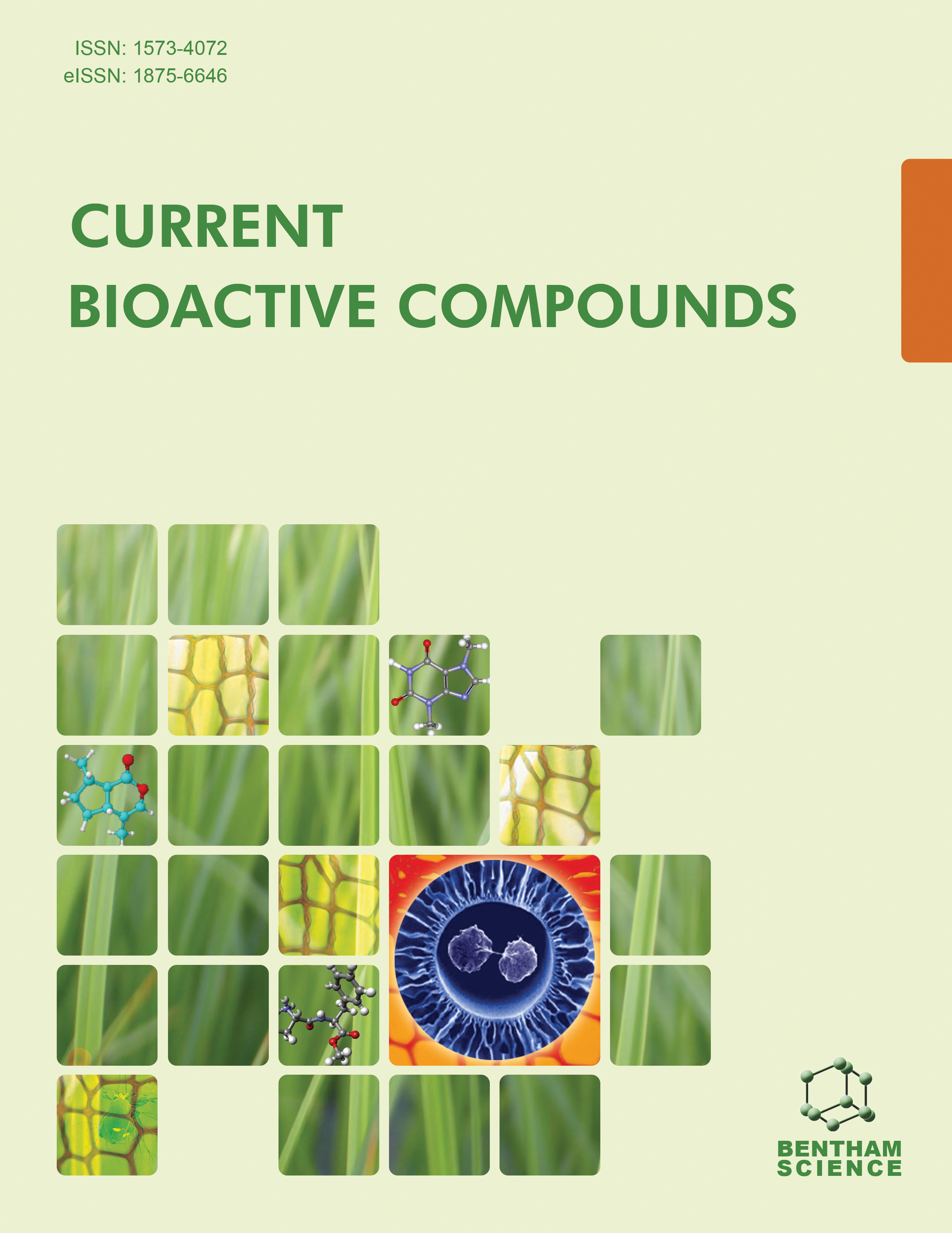-
oa Editorial [Hot Topic: Infrared Spectroscopy of Natural Compounds in Medicinal Plants (Guest Editor: Christian Huck)]
- Source: Current Bioactive Compounds, Volume 7, Issue 2, Jun 2011, p. 65 - 65
-
- 01 Jun 2011
Abstract
This issue is dedicated to scientists belonging to the fields of phytoanalysis, -chemistry and -pharmacy, respectively. Today there is an increasing need for the qualitative and quantitative analysis of medicinal plants since each of them is composed of a great number of beneficial compounds with different pharmacological activity. In case of medicinal plants, the identification, discrimination and classification are especially difficult due to their complex sources. Many plants have multiple related species being similar in morphology, cytology and even genome. Moreover, some medicinal products are often mixed or adulterated with other less effective parts of the same plant having no medicinal benefit at all. Many medicinal plants are especially prepared before use according to some historical guidelines, e.g. those from traditional Chinese medicine (TCM). Different preparation methods including drying, cutting, stir-frying, cooking, etc. may directly affect the quality of medicinal plants and extracts derived there from. In the past, especially traditional medicines were identified and discriminated by experienced personal, which is limited to self-experience and ability of determination. During the last years, some computer aided research was carried out to conduct numerous taxonomy researches on the origin of plants which may provide evidence for the classification and identification of the crude medicinal material. Although these methods were found to be helpful, no real break-through was achieved due to the highly complex calculation methods needed to be implemented. Therefore, in the last few years, research was focused on alternative techniques comprising computer supported calculations, mainly multivariate methods, and infrared spectroscopic techniques. The quantitative determination of a single compound in a plant often leads to a loss of information about the whole plant metabolite because extraction, purification and separation procedures are established to analyze a single compound of interest. So in many cases other pharmacological active ingredients are not accounted playing an important role for the activity. In recent years, the main research was focused on fingerprint techniques, such as gas chromatography (GC), liquid chromatography (LC), thin layer chromatography (TLC), capillary electrophoresis (CE), capillary electrochromatography (CEC), nuclear magnetic resonance (NMR), etc., which are helpful to give an overall understanding of the pharmacological active ingredients. Similar to the demand for a novel strategy to fulfill qualitative requirements, the simultaneous determination of multiple compounds needs for alternative analytical techniques. Therefore, infrared spectroscopy including mapping and imaging of distributed pharmacological active ingredients are known as a flexible, robust, non-invasive, highly reproducible and highthroughput analytical tool for the qualitative and quantitative characterization of medicinal plants and their constituents.


